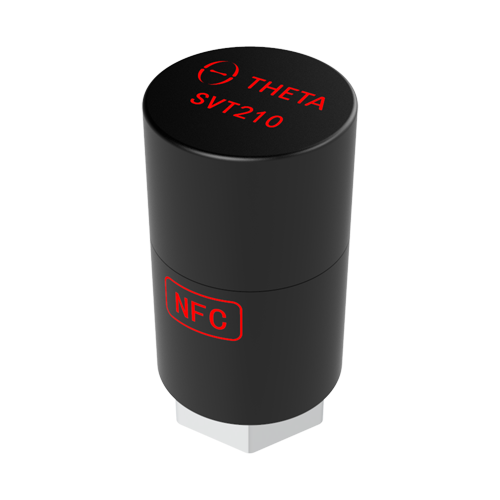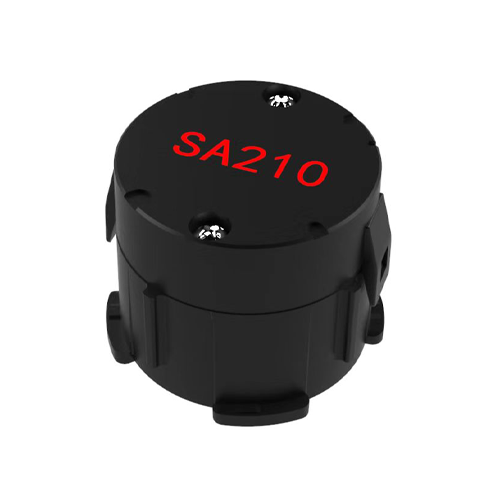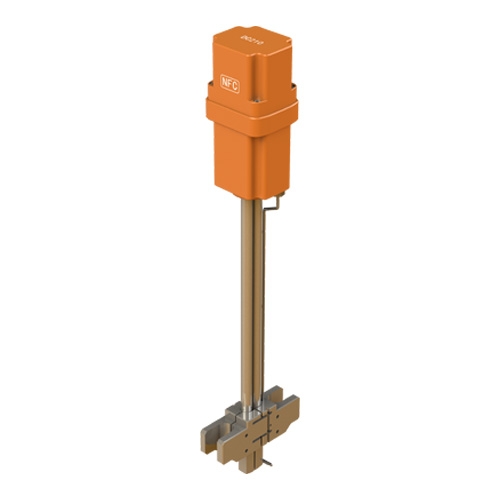Bolt Monitoring Deployment of Large Steel Bridge
High-strength bolts are widely used in steel bridges. However, bolt joints are frequently subjected to loosening and damages due to vibrations, stress, and temperature variations, and this has a significant effect on the safety and reliability of the bridges. Therefore, bolt health monitoring is very important, especially at the early stage of loosening.
Manual inspection of bridges is time-consuming, labor intensive, and sometimes risky. It may also require specialized equipment and expensive insurance covers for the workers and equipment.
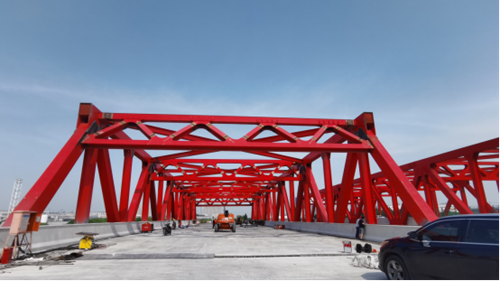
Our bolt monitoring system was successfully deployed in a large steel bridge, enhancing the inspection and monitoring process by making it safer, inexpensive and less time-consuming.
For this project, high tension fastening bolts located at the middle span and the 1/4 span at both ends of the bridge are selected for monitoring. Both wireless bolt loosening sensors (model SA210) and wireless bolt preload sensors (model SAS100) are used to monitor different fasteners. All sensor data is transmitted to the bolt monitoring system via the 4G connection on the wireless gateway (model GU100P).
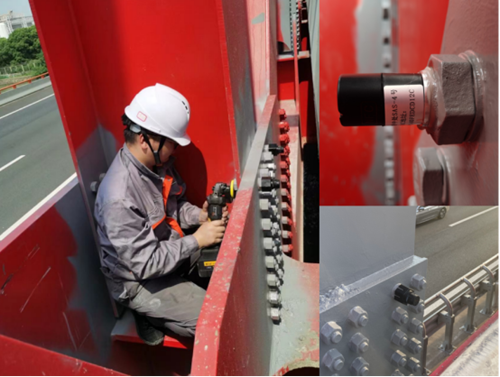
The installation of each wireless sensor is extremely easy. With no cable or wiring, each SA100 sensor can be directly clamped onto the nut with the right adaptors and each SAS100 sensor can be mounted to the bolt end.
Each sensor is designed for ultra-low power consumption and has a battery life of more than 10 years for normal usage.
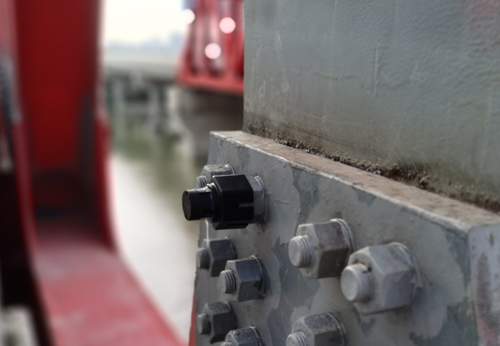
User can remotely monitor the status of bolted connections through an intuitive graphic user interface, receive early warnings and alarms of bolt loosening, and track progressive bolt loosening over time.
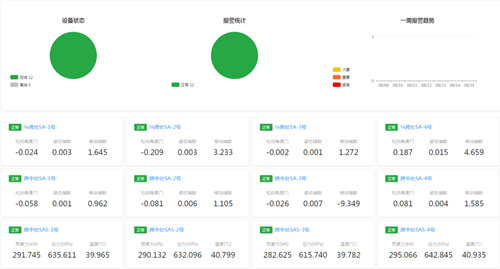
Our remote bolt monitoring system increases the safety and longevity of bridge, reduce downtime by optimizing operation and maintenance activities, and help drive smarter, faster business decisions for bridge operators.

